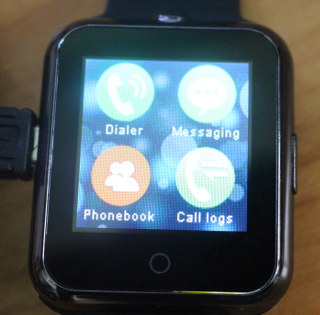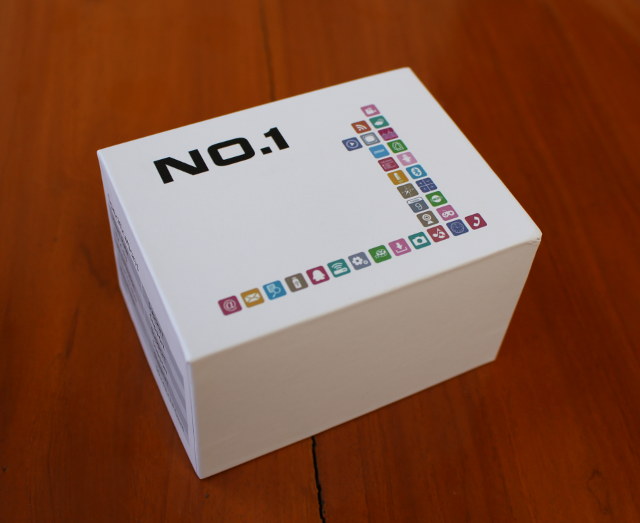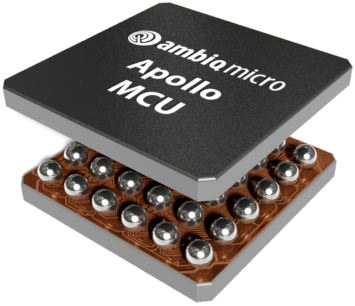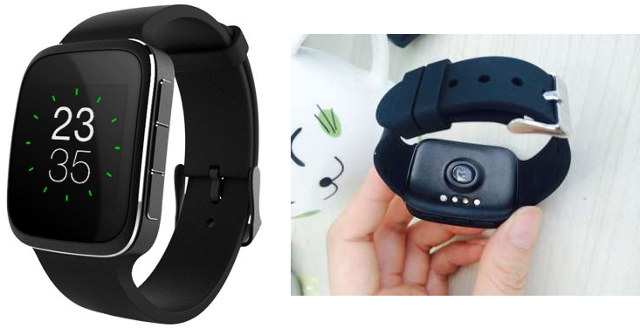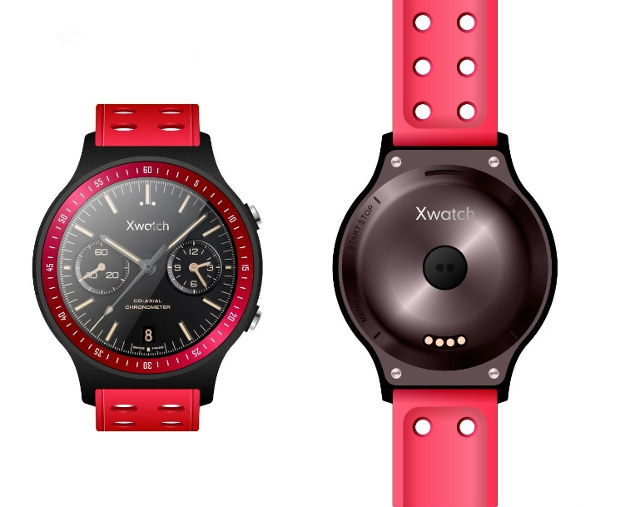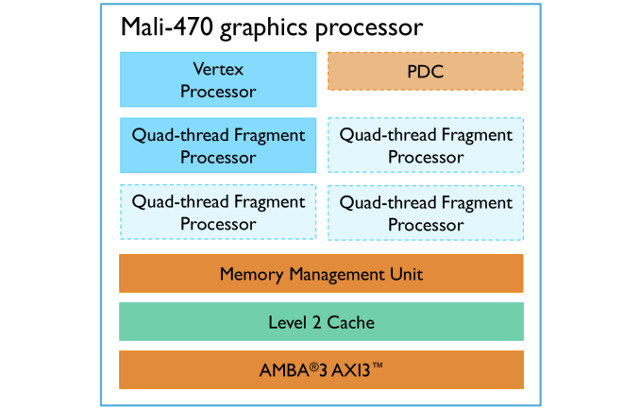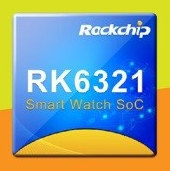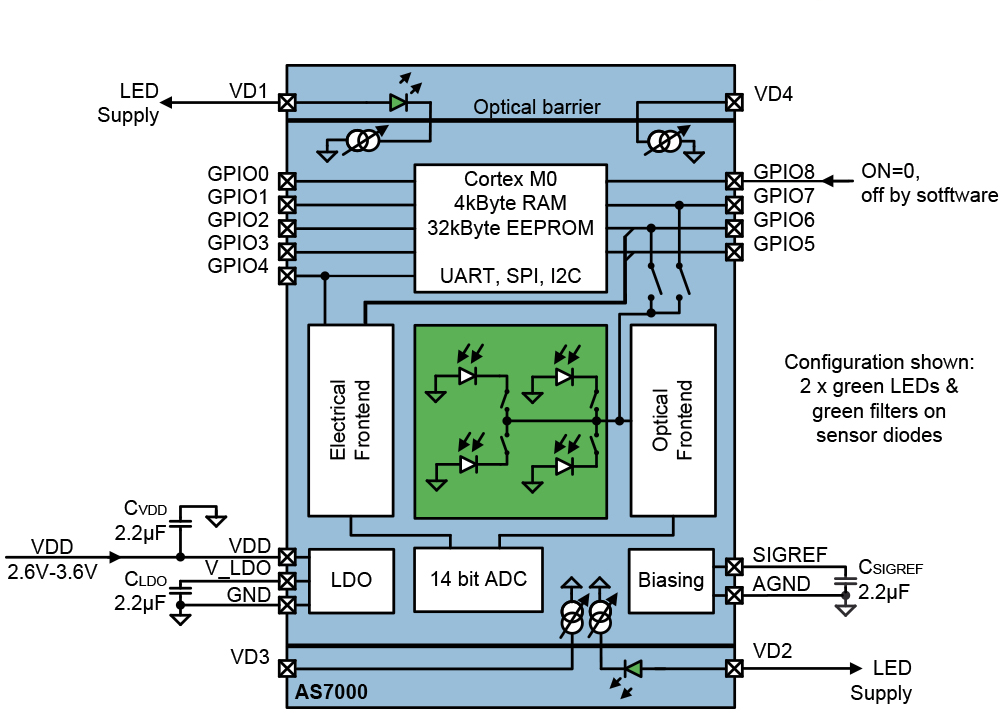Since I’ve listed the specs and torn down No.1 D3 smartwatch, I’ve spent several days wearing the smartwatch / watchphone, and trying most of its features, so it’s time for a review. I’ll go through all screens of the user interface, include a video review, before providing a conclusion to this review Charging the watch take between 15 to 30 minutes, and you can turn it on by pressing the only button on the side of the watch for a few seconds. The first menu you are likely to see if the one with the phone functions including the Dialer, messaging, phonebook and call logs. You can use these in two ways: with a micro SIM card inserted into the watch, or/and via your smartphone connected over Bluetooth. I mostly used the watch connected to my smartphone, but both methods worked for me. When you receive a call, it’s not […]
NO.1 D3 Smartwatch Specs, Unboxing and Teardown
There are now many wearables, including fitness bands and smartwatches, on the market, but to me many fail on battery life, visibility, and price. The one that would match my requirements the best would be SMA-Q smartwatch, but in the meantime, I’m also interested in testing some more wearables at different price points. Tinydeal sent me NO.1 D3 smartwatch that sells for just $22.99 shipped. I’ll go first through the specifications, before checking of the watch more closely, and in a few days writing a review of the device. NO.1 D3 Smartwatch Specifications You should not expect much for this price, but the watch is surprisingly feature-packed (as taken from tinydeal website): SoC – Mediatek MT6261 processor with 32Mbit RAM, 32Mbit Flash Storage – Internal micro SD slot up to 16GB Display – 1.22″ capacitive touchscreen IPS display with 128×128 resolution Connectivity – Bluetooth 3.0 Cellular – 1x micro SIM […]
Ambiq Micro Apollo Low Power MCUs Promise Cortex M4F Performance at Cortex M0+ Energy Efficiency
Ambiq Micro is a US company founded in 2010 that focuses on “extremely low power” semiconductors leveraging their patented Subthreshold Power Optimized Technology (SPOT) platform. Earlier this year, they announced their first low power Cortex-M4F MCU Apollo family with claims of 5 to 10 times lower power consumption compared to other micro-controllers with the same performance. According to an EETimes article, they’ve at least partially backed their claims with a live demonstration at ARM TechCon 2015. Before checking out the test results, let’s have a look at the main features of Apollo MCU family: 32-bit ARM Cortex-M4F processor @ up to 24 MHz, with FPU, and wake-up interrupt controller with 12 interrupts Up to 512KB flash, 64-KB low-leakage RAM “Rich set of timing peripherals” Peripherals I2C/SPI master; I2C/SPI; UART; 10-bit, 13-channel, 1MS/s ADC Temperature sensor with ±2°C accuracy Voltage Range – 1.8 to 3.8V Power Consumption: active mode: 30µA/MHz (executing […]
SMA-Q Bluetooth Smartwatch Features a Color E-Paper Display, an Heart Rate Monitor… for $56 and Up
My Vidonn X5 activity tracker died on me a few weeks ago about over a year of service. While it was useful to keep me active thanks to its “steps” counter, I realized I was not a big fan of OLED displays as they aren’t turned on all the time in order to save power, and are hard to read when there’s a strong sunlight, the battery did not last that long (about 2 days), and using motion sensors to evaluate activity is not that accurate. So I’m interested in wearables with always-on displays, readable in sunlight, that don’t suck too much battery (e.g one charge per week), and with a strapless heart rate monitor. The first three are normally only achievable with E-Ink or E-Paper displays and the latter have become much more common thanks to electro-optical heart rate monitors. I’m also a budget conscious guy, so I’d like […]
Bluboo Xwatch is an Android Wear Smartwatch Powered by Mediatek MT2601 SoC
So far, we’ve only seen Android Wear devices by large companies such as Motorola, LG, or Huawei, simply because you have to sign an agreement with Google in order to be allowed to load Android Wear on your device. Last year, a startup launched their own “Android Wear” watch on Indiegogo, but when Google found out the campaign got pull out since it was not going to happen. But the situation may have changed since then, as I’ve been contacted by Bluboo, which should be brand from Shenzhen Huihua Exploit Technology Co., Ltd, about their upcoming Bluboo Xwatch sports smartwatch running Android Wear, and the company confirmed they were “working with a third-party company to help them get this agreement”. I’m guessing/hoping the third party company might be Mediatek themselves. Bluboo Xwatch preliminary specifications: SoC – Mediatek MT2601 dual core ARM Cortex A7 @ 1.2GHz with ARM Mali-400 MP GPU […]
ARM Introduces Mali-470 GPU for Wearables, IoT and Embedded Applications
Mali-400 was announced in 2008, and since then has been used in various SoCs for smartphone, but now it’s mostly replaced by Mali-450 GPU in low cost mobile and STB SoCs, although Mali-400 is still being implemented in new SoCs such as Rockchip RK3128 processor. ARM has been working on a lower power version of the GPU, and just unveiled Mali-470 GPU targeting wearables, as well as embedded and IoT applications. Mali-470 GPU is said to use the same memory and AMBA interfaces as Mali-400, while keeping some of the improvements brought to Mali-450 GPU, and further lowering power consumption to just half of that Mali-400 in terms of mW per frames per second. Just like its predecessors, Mali-470 supports OpenGL ES 2.0, and like Mali-400 it will scale from 1 to 4 fragment processor, always combined with one single vertex processor. Mali-470MP1 is likely to be used in wearables […]
Rockchip RK6321 Dual Core Cortex A5 SoC Targets Wearables with WiFi, Bluetooth, 3G and GPS
Rockchip and Intel started to work on a platform called XMM6321 last year. It featured a dual Core Cortex A5 processor, 3G connectivity, WiFi, and GPS, which was aimed at entry level 3G smartphones and tablets. Fast forward to 2015, Rockchip showcased their RK6321 processor at the Hong Kong Electronics Fair, with very similar specifications compared to XMM6321, but instead it targets wearables such as smartwatches, or children and elderly tracker. So I’ m not quite sure whether Intel XMM6321 and Rockchip RK6321 are the same processor with a different name, or Rochchip tweaked RK6321 specifically for wearables. Key features of Rockchip RK6321 processor: CPU – Two Cortex A5 cores up to 1GHz with 32KB L1 D-cache, 32KB L1 I-cache, and 512KB L2 cache GPU – Supports OpenGL ES 2.0 Memory and Storage I/F – 16-bit LP-DDR2 SDRAM, 8-bit eMMC, 16-bit NAND Display I/F – MIPI DSI up to FWVGA […]
AMS AS7000 Biosensor is Designed for Strapless Optical Heart Rate Monitors
Heart rate monitors (HRM) with chest straps are now being replaced by more comfortable strapless HRM, such as UWatch UX. These products are enabled by photoelectric sensors that sample light modulated by blood vessels, which expand and contract as blood pulses through them. One of such solutions is the recently introduced AMS AS7000 including a Cortex M0 core, and a DSP implementing algorithm to process raw photoplethysmography (PPG) readings from the sensors to convert them into digital HRM and HRV (Heart Rate Variability) values. Highlights of AS7000 Biosensor: MCU – ARM Cortex M0 with 4KB RAM, 32 KB EEPROM I/Os – 9 GPIOs, UART, SPI, I2C Analog electrical and optical Frontends Hardware sequencer Synchronous detector Integrated LEd driver with current control Optical filters Supply Voltage – 2.6 – 3.6V Temperature Range –30 to 70°C Package – 18 pins AS7000 can deliver greater accuracy when it is paired with an external […]


